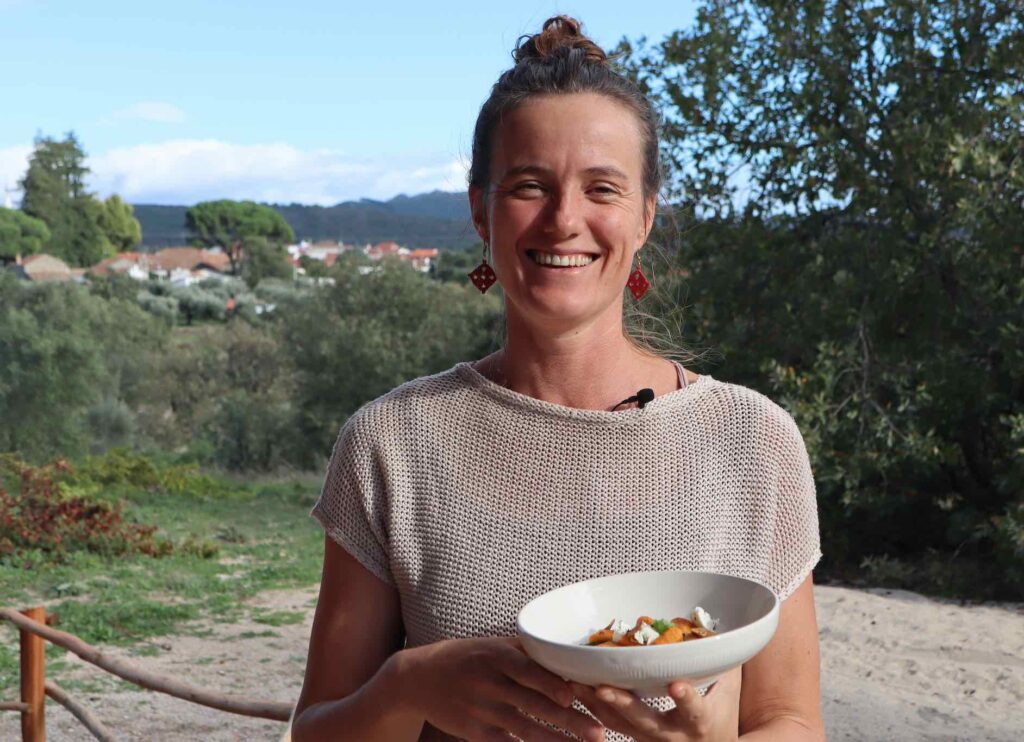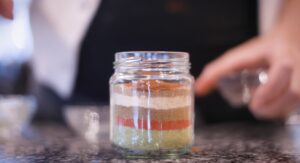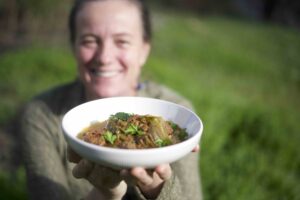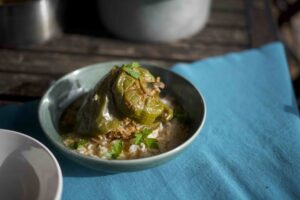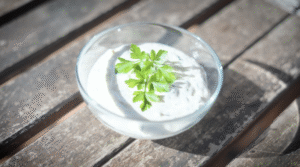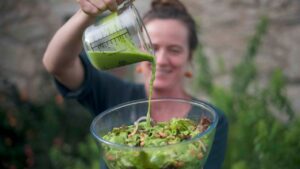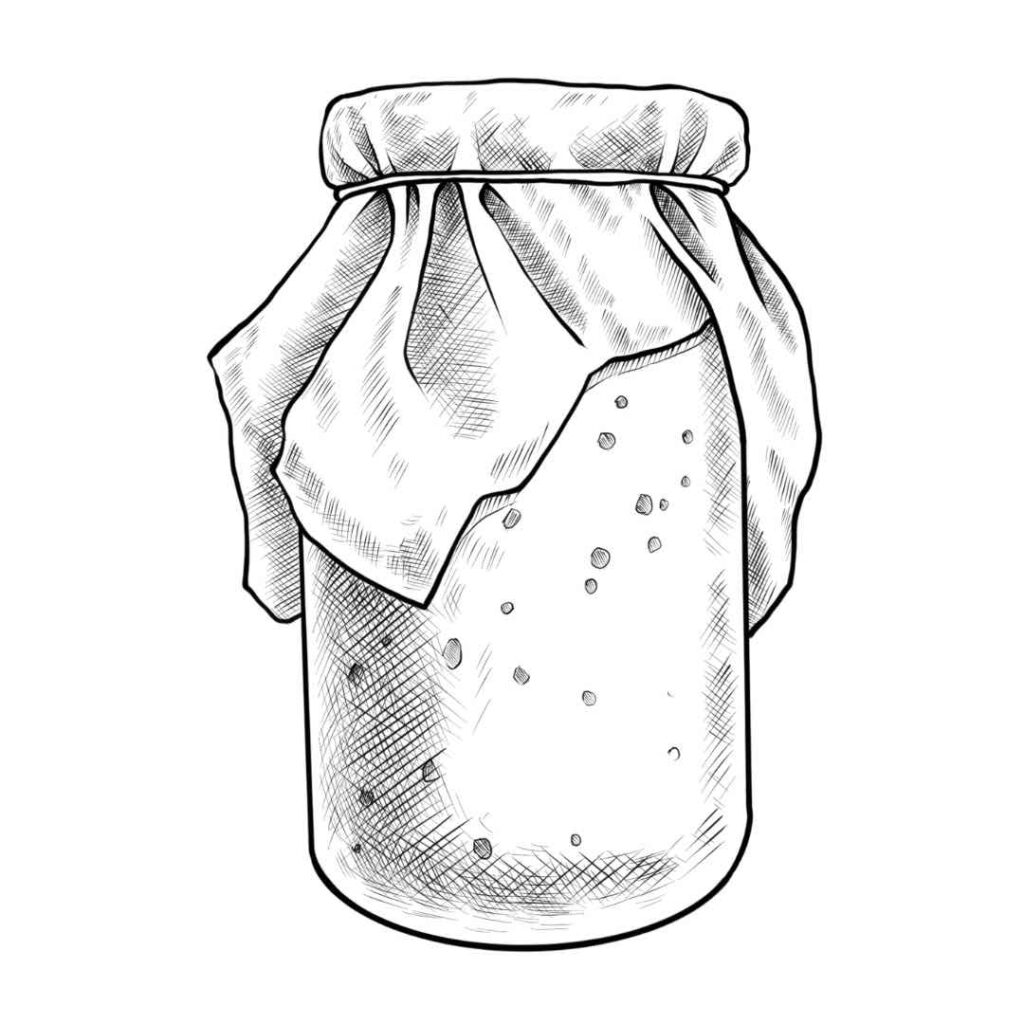Fermented pickles are a thing of beauty: crisp, tangy, alive with beneficial bacteria, and rich in old-world flavor. But what if you’ve made a big batch and want to enjoy them months later—without relying on cold storage? That’s where canning comes in.
While heat-canning does kill the probiotics in fermented pickles, it preserves their flavor and crunch, making them shelf-stable and perfect for long-term storage or gifting. In this article, we’ll walk you through how to safely can your fermented pickles without sacrificing too much of what makes them special.
What You’ll Learn
The difference between fermented and vinegar-pickled cucumbers
How to prepare your fermented pickles for canning
Step-by-step water bath canning instructions
Tips for keeping the crunch
Storage, safety, and FAQ
What Are Fermented Pickles?
Fermented pickles are cucumbers that have been submerged in a salty brine and left to ferment at room temperature, encouraging Lactobacillus bacteria to convert natural sugars into lactic acid. This creates that signature sour taste and gives fermented pickles their probiotic benefits.
Unlike quick pickles made with vinegar, fermented pickles are alive—until we preserve them in jars through heat-processing.
Why Can Fermented Pickles?
Canning isn’t necessary for fermented pickles if you store them in the fridge or a cold cellar. But if you:
Want to clear fridge space,
Plan to store them for over a year,
Or dream of handing them out at holiday markets or family gatherings,
…then canning is the way to go.
Tools You’ll Need
Water bath canner or large stock pot
Canning rack or towel
500 ml (1 pint) or 1L (quart) mason jars with lids and bands
Tongs and jar lifter
Funnel
Clean cloths
Ladle
Ingredients
Fully fermented cucumbers (from your crock or fermentation jar)
Fermentation brine (strained of sediment)
Optional: mustard seeds, dill heads, garlic cloves for extra flavor
Step-by-Step: Canning Your Fermented Pickles
1. Check the Fermentation
Your pickles are ready for canning when they:
Taste pleasantly sour
Are firm to the touch
Have no signs of mold or sliminess
Smell tangy, not off or yeasty
Strain your pickles and brine through a fine mesh sieve or cheesecloth to remove yeast or sediment.
2. Sterilize Jars
Wash your jars, lids, and rings in hot, soapy water. Sterilize them by submerging in boiling water for 10 minutes or running them through a dishwasher on the sanitize cycle. Keep jars hot until ready to fill.
3. Pack the Jars
Pack the fermented cucumbers snugly into the hot jars. Add fresh spices if you want to boost flavor, but do not reuse the garlic or dill from the ferment—they can be too soft or mushy.
Leave 1.5 cm (½ inch) headspace at the top.
4. Top Off with Brine
Pour the strained fermentation brine over the pickles, leaving 1.5 cm (½ inch) headspace. If you don’t have enough brine, you can top off with a fresh 2% salt solution (20g salt per liter of water), brought to a boil and cooled slightly.
5. Remove Air Bubbles
Run a chopstick or plastic bubble remover along the inside of the jar to release trapped air bubbles. Adjust headspace if needed.
6. Wipe and Seal
Wipe the rims with a clean cloth dipped in vinegar. Add the lids and screw on bands until fingertip tight.
7. Water Bath Process
Place jars in a boiling water bath with at least 2.5 cm (1 inch) of water above the tops.
Process pint jars for 10 minutes, quart jars for 15 minutes.
Start timing once the water returns to a full boil.
8. Cool and Check Seals
Remove jars and let cool undisturbed for 12–24 hours. Check the seals by pressing the center of each lid—if it doesn’t pop back, it’s sealed.
Tips to Keep Your Pickles Crunchy
Use pickling cucumbers (like Kirby or gherkins), not salad cucumbers.
Add a grape or oak leaf to each jar before canning—the tannins help retain firmness.
Don’t overprocess. Stick to the recommended time.
Use a lower-temperature pasteurization method (77°C / 170°F for 30 minutes) if you’re comfortable with that technique and prioritize crunch over shelf life.
Storage and Shelf Life
Store sealed jars in a cool, dark place. They’ll last 12–18 months. Once opened, store in the fridge and eat within 1–2 months.
FAQs
Q: Will I lose the probiotics if I can them?
Yes. Heat kills the live cultures. If you want to preserve the probiotics, skip canning and keep them in the fridge.
Q: Can I reuse old brine for future ferments?
Not recommended for new ferments, but great for canning—as long as it smells fresh and has no mold.
Q: Can I add vinegar to help preserve?
Yes, but that turns it into a hybrid pickle. Still delicious, but no longer a true fermented product.
Final Thoughts
Canning your fermented pickles is a great way to preserve the bounty of your garden or fermentation crock. While it does mean sacrificing the probiotics, it rewards you with flavorful, tangy, crunchy pickles that are ready whenever you need them—no fridge required.
So go ahead—ferment in big batches, save what you need fresh, and can the rest for a taste of summer all year long.

